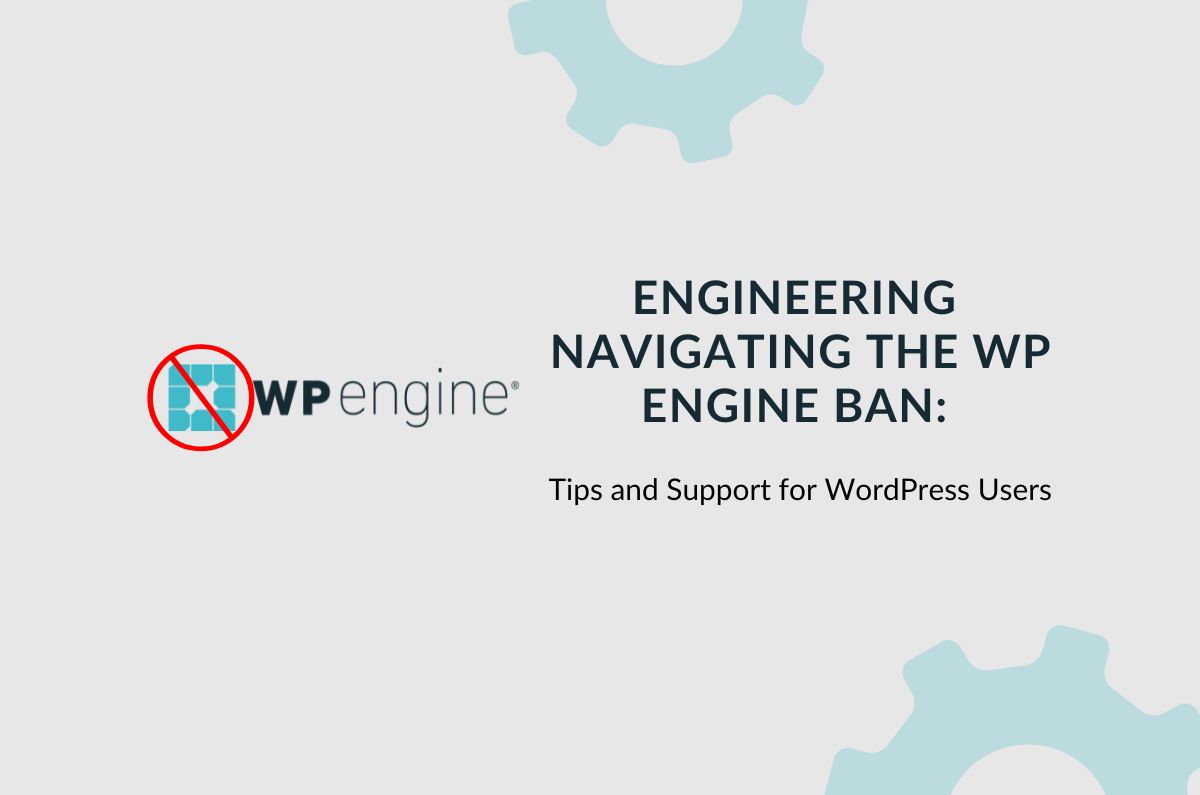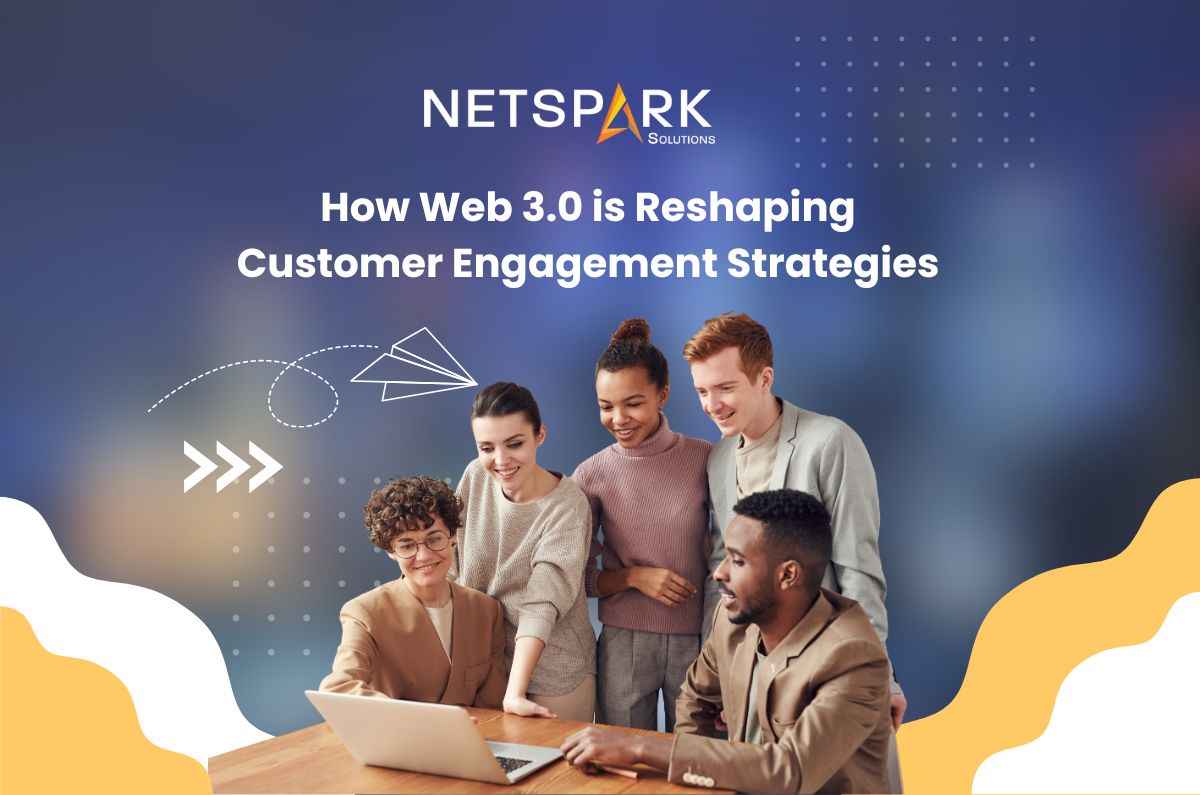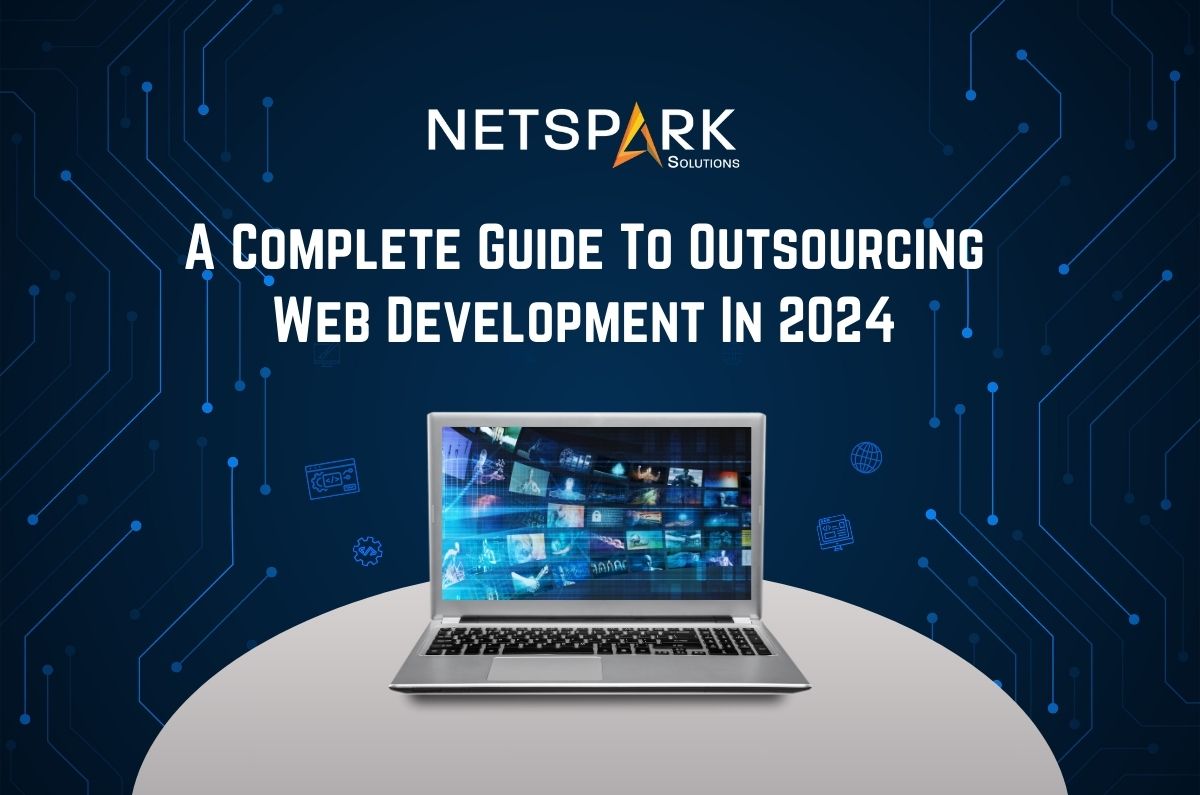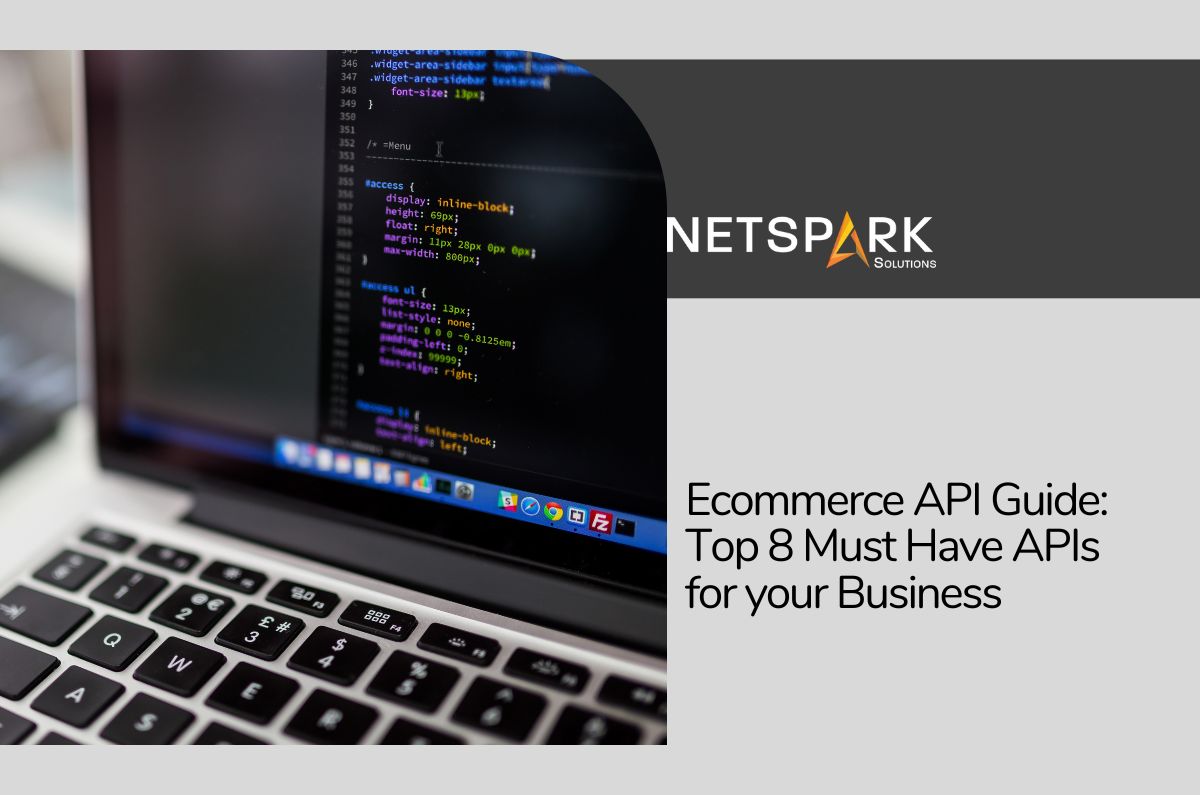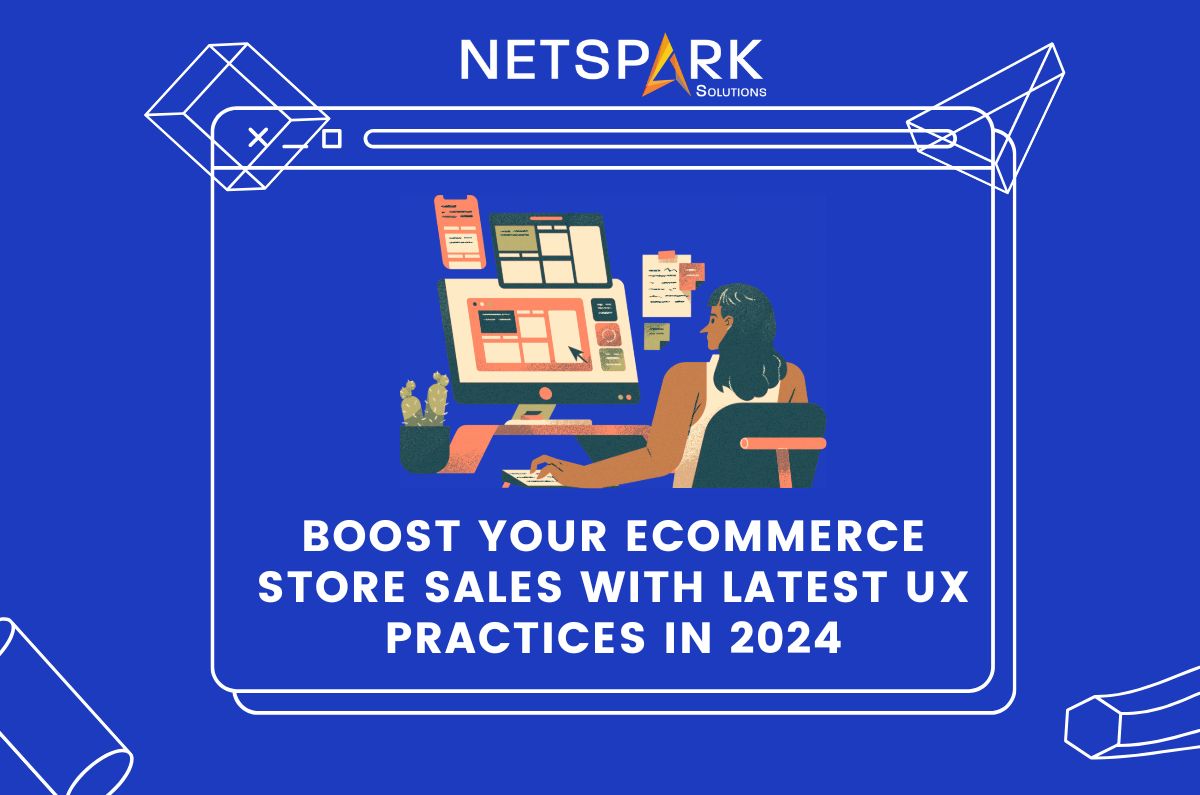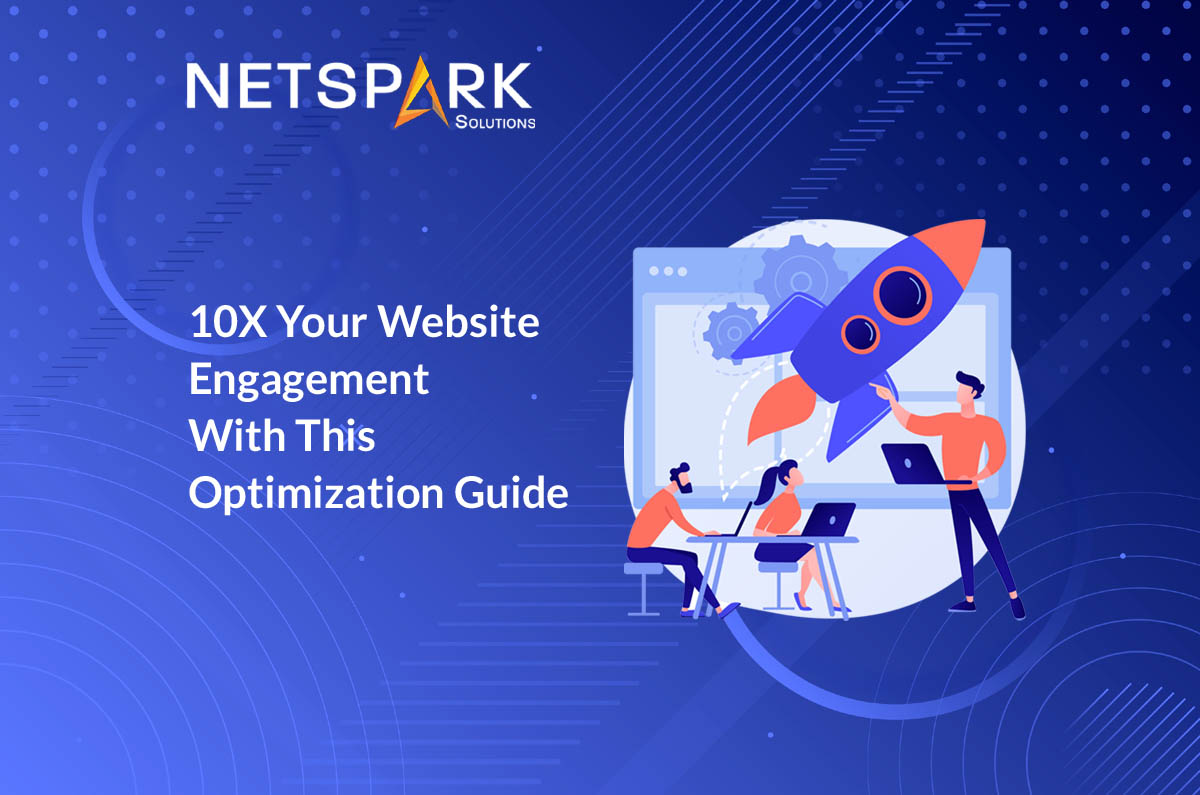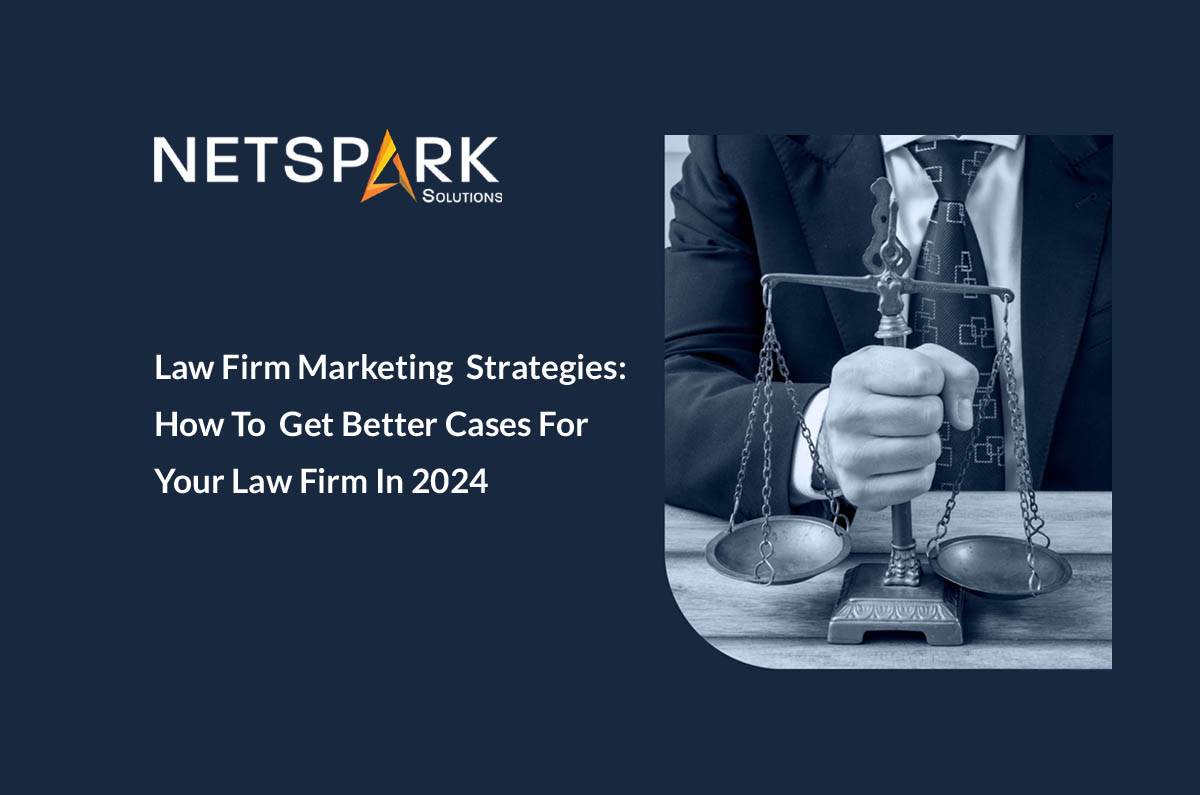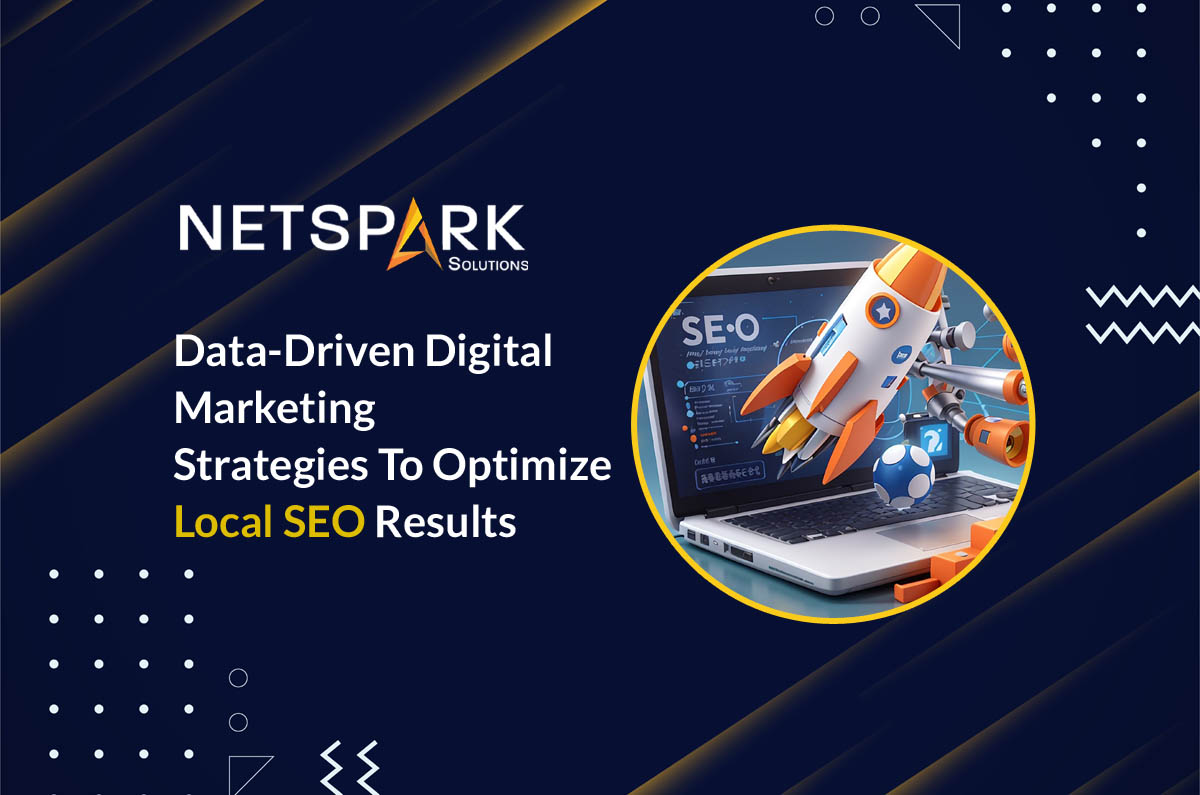As opposed to conventional thinking, ecommerce SEO is not just about adding a bunch of keywords to your product descriptions. In 2022, this strategy will not only affect your sales but also damage your website’s performance in SERP (Search Engine Result Page). Like any other website, you’ll need a full-fledged SEO plan to rank higher in Google search results and drive organic traffic to your website, resulting in high-quality targeted leads.
Unfortunately, many ecommerce entrepreneurs don’t know how to get started with ecommerce SEO. If you’re one of them, continue reading. In this guide, we’ll share a detailed ecommerce SEO guide that’ll help you devise a result-driven SEO campaign for your online store and drive higher sales.
Why Does Your Online Store Need SEO
As a professional ecommerce development agency, we often get asked about the significance of SEO for ecommerce websites. The truth is if you want to drive consistent traffic to your online store without heavily relying on paid marketing, SEO would be the most useful marketing tool for the job. And, since 37.5% of overall ecommerce traffic comes from Google search results, it makes complete sense for retailers to optimize their websites to acquire better search engine visibility.
Here are some of the major advantages of investing in ecommerce SEO:
- Search Engine Optimization (SEO) builds brand awareness. When your website will rank in the top search results, it’ll automatically drive new customers to your website.
- With SEO, you can also enhance the overall user experience of your online store and give customers a seamless shopping experience. On-page SEO allows retailers to tweak different visual elements of their websites that engage the customers and encourages them to complete the purchase
- SEO can also be a great conversion tool for retailers who have already invested in paid marketing for site promotion. SEO, coupled with paid marketing, will give an instant boost to your product pages and you’ll be able to drive customers from multiple sources
- Another potential benefit of ecommerce SEO is that it improves the average click-through rate (CTR) for different product pages. When your pages rank higher in Google SERP, users will click them and explore the website more frequently.
- Finally, ecommerce SEO brings in long-term growth. Even though SEO is a gradual process and it takes time to climb the search engine ladder, you will start witnessing an influx of leads once your website sustains top rankings in SERP
How to Get Started With Ecommerce SEO in 2022
At first, developing an ecommerce strategy may seem like a daunting task, and to be honest, this is the truth to some extent. Since an ecommerce store can have thousands of product pages, it can easily get nerve-wracking to optimize each page for better search engine visibility. However, the goal is to work on pages that are most likely to bring in the highest traffic/sales and leverage their performance to diversify the traffic across other web pages as well.
But, like any other SEO campaign, even ecommerce SEO begins with basic keyword research as well.
1. Start With a Keyword Research
Keywords are the primary pillar of any successful SEO campaign. Even if you are building an SEO plan for your ecommerce store, it would be crucial to find the right keywords to get sailing in the right direction. Keep in mind that there are different ways to find potential search queries for an online store. However, the easiest way to get the job done is to analyze your competitors.
Why? Because your competition has already done the legwork to optimize their websites for the right search queries. So, all you have to do is analyze these websites and steal the keywords that would cater to your target customers’ interests as well.
To do this, you can use tools like Ahrefs or SEMRush. Both these tools will provide you with a list of all the keywords your competitors are ranking for and you can easily filter through these results to evaluate the right queries for your website.
Here are some of the golden rules you must remember while finalizing keywords for your online store.
- Instead of focusing on informational keywords, incorporate intent-based keywords into your list as they’ll drive targeted traffic and the highest conversions.
- If you don’t have access to tools like Ahrefs or SEMRush, you can also utilize Amazon Suggest to find the most potential search queries for different product pages on your store.
- While finalizing keywords, make sure to maintain a balance between the search volume and the keyword difficulty (KD) to ensure you can climb the search engine ladder more rapidly.
- Always ensure to priortize your product pages and then, search for keywords accordingly. The goal should be to optimize high-performance product pages first and then, focus on the remaining pages.
2. Move Towards On-Page Optimization
After you’ve evaluated the most potential search queries for your store, the next step would be to move towards on-page optimization. For readers who don’t know, on-page optimization is the process of optimizing your website’s visual elements for a better shopping experience.
It’s worth understanding that on-page SEO is one of the most critical elements of any SEO campaign as it decides how a website would interact with the end consumers. While many people believe that on-page SEO is all about sprinkling the product pages with a bunch of keywords, that’s not the case at all.
Here’s how you can optimize different on-page elements of your online store more effectively.
- Add Relevant Content to Product Pages
Product pages bring the highest conversions for any online store. So, the first step to on-page SEO is adding well-optimized content to each product page. The goal is to add relevant product information along with a few keywords so that you can optimize the page for both Google bots as well as your target customers.
The more descriptive you are with the product descriptions, the easier it’ll become to captivate a customer and move him towards the next phase of the sales funnel. Be as natural as possible with these descriptions and don’t write as a bot has written them.
- Meta Titles & Descriptions
The meta title and the description are the first things a consumer will notice about your product pages. That’s why it’s crucial to write alluring metadata that not only captivates the customers but encourages them to click the link. With the right meta information, you can easily boost your click-through rate and drive more traffic to the product pages.
Now, when it comes to writing meta titles and descriptions, there are no limitations to one’s creativity. You’ll have to experiment with different varieties of metadata and stick to the one that brings the highest conversions.
One golden rule, however, that’ll always work in your favor is adding ‘click magnet words’ in the meta title. Click magnet words are words that encourage shoppers to click the link and consequently, maximize the click-through rate (CTR).
Here’s a great example of how you can use such key phrases in your meta title to increase inbound traffic.

As you can see that just by adding discount information in the meta title itself, the website is more likely to attract more customers.
- Speed Optimization
Poor loading speed is one of the biggest ecommerce mistakes that can drastically ruin your ecommerce store’s sales. According to studies, ecommerce businesses lose nearly 25% of their sales if a product page takes more than four seconds to load. In 2022, you can’t expect to lead the ecommerce industry with a slow-loading website.
So, after you have added relevant content to your website and updated the metadata, make sure to optimize the loading speed so that you don’t lose any valuable sales whatsoever. Now, there are multiple ways to optimize the loading speed of an ecommerce website.
However, a great starting point for any entrepreneur would be to compress all the product images so that they don’t put too much load on the server.
Secondly, you can also use Google’s “speed insight tool” to validate the current performance of your website.
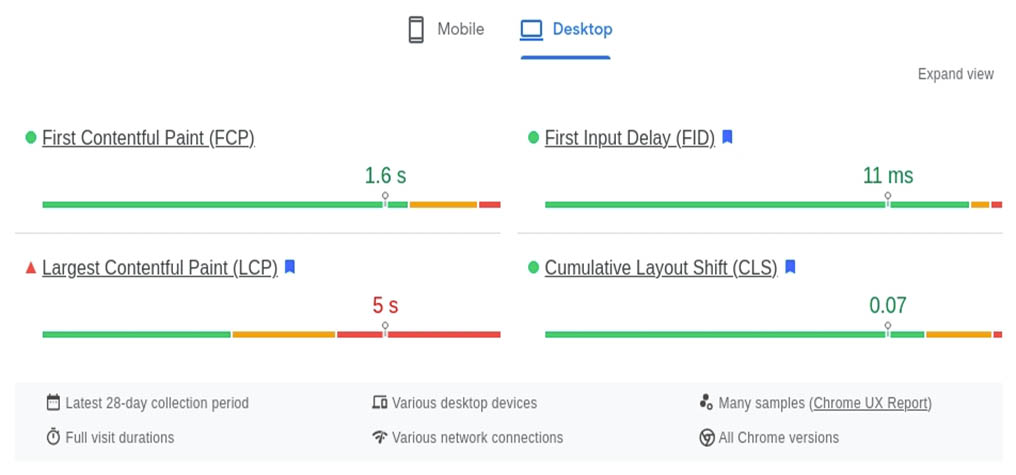
The tool will provide a dedicated speed score and also display a few insights on what you can do to improve the overall loading speed. Based on these suggestions, you can implement the required changes to ensure all the product pages load more rapidly.
3. Keep the Site Architecture Simple
If you are planning to launch a large-scale ecommerce website with multiple categories and product pages, it would be crucial to simplify the architecture for the users. Ideally, your ecommerce store should maintain a proper hierarchy so that customers can reach the desired product page within 3 clicks.
To do this, you can place a navigation bar with links to all the major product categories. You can further divide these categories into submenus to ensure all the product pages are accessible within seconds.
A complex website architecture will only ruin the shopping experience for customers and make it challenging to keep the consumers engaged throughout the sales funnel. In fact, a poor site architecture can also increase the bounce rate and make it challenging to rank higher in SERP.
4. Use a Responsive Design
Google’s mobile-first index algorithm uses mobile-friendliness as one of its top 3 ranking signals. It means a mobile-friendly design will not only push your website’s rankings on mobile but on desktop as well.
Moreover, since 79% of all online shoppers shop on smartphones, it makes complete sense to optimize your ecommerce website for mobile devices. An easy way to do this would be to utilize a responsive design.
With a responsive design, your website will automatically tweak the layout based on the shopper’s screen size. In a nutshell, it’ll deliver a consistent shopping experience across all devices, be it desktop or mobile.
5. Link Building
Backlinks are another major pillar of building a successful SEO campaign. Acquiring backlinks from high-authority websites will improve your website’s own Domain Authority (DA) that’ll automatically cater to its search engine visibility.
While building links for an ecommerce website, however, the focus should be on quality – not quantity. It’s not necessary to have thousands of backlinks from random websites to rank higher in SERP. Instead, you can focus on acquiring backlinks from high-authority domains so that you can build the desired credibility and boost your search engine rankings more conveniently.
Conclusion
Ecommerce SEO is not an option for ecommerce startups in 2022 – it’s rather a necessity that’ll help them drive the projected conversions. It doesn’t matter whether you’re going to sell only a few products in your store or planning to launch a large-scale marketplace with hundreds of product categories, devising a well-optimized SEO plan will give your website the initial push and help you drive organic traffic from search results. Of course, the above-mentioned guidelines are only the tip of the iceberg as ecommerce SEO is quite extensive. If you aren’t sure how to get started, get in touch with our SEO experts and we’ll implement the best SEO practices to optimize your ecommerce store for better conversions.



